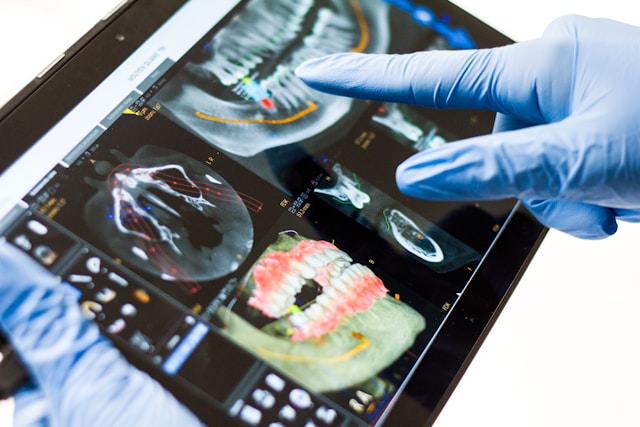Did you know that brushing only cleans about 25% of your mouth? To ensure your entire mouth is free of any food tidbits, acid and bacteria, it is important that you use a mouthwash. Before selecting the right mouthwash, make sure you avoid alcohol-based products since they are more likely to damage your teeth and tissues in the long run.
Although alcohol is an effective antiseptic, it can dry the mouth and hence encourage bacterial buildup. Instead of an alcohol-based mouth rinse, go for one with oxidizing chemicals, such as zinc chloride, hydrogen peroxide, or chlorine dioxide. These elements are effective at eliminating bacteria, and are gentle on the tissues.
How to Rinse Using a Mouthwash
Using mouthwash may seem simplistic, but if not done the right way, even the best product wouldn’t be of much help. The right process for rinsing with a mouthwash is:
- Take the right amount of the mouth rinse (4 teaspoons or 20 milliliters) in a cup. Do look at the instructions for utmost efficiency.
- Next, empty the cup into your mouth, and do not dilute the solution with water. Swish and rinse for around 30 to 60 seconds, but no less than 30 seconds. For better results, time yourself to get a clearer idea. Swish and rinse with vigor to thoroughly work your cheek muscles and jaw.
- Make sure to gargle for about 30 seconds to a minute. Here you have two options. You can either start gargling with the solution in your mouth or take a fresh swig. This part is necessary to get rid of any bacteria from your throat or back of the mouth, which cannot usually be reached by toothbrush or floss.
Remember that mouthwash rinsing should be coupled with brushing and flossing, and NOT used as a replacement for the two.





